A belated happy birthday to Canadian singer/songwriter Gordon Lightfoot, who turned 84 the day before yesterday. Often referred to as Canada’s greatest songwriter, Lightfoot is also a sailor, having owned and sailed the 39′ Sundown and the 45′ Golden Goose. More than a few of Lightfoot’s songs are about sailing, ships, and the sea. One of his best-known is the Wreck of the Edmund Fitzgerald about the sinking of the US flag bulk carrier of the same name in November 1975.
In honor of Lightfoot’s recent birthday, here is a lesser-known song of his about another maritime disaster. He wrote and recorded the Ballad of Yarmouth Castle in 1969. The ballad tells the story of the cruise ship SS Yarmouth Castle which sank after catching fire in 1965 on a voyage between Miami and Nassau, with the loss of 90 crew and passengers.

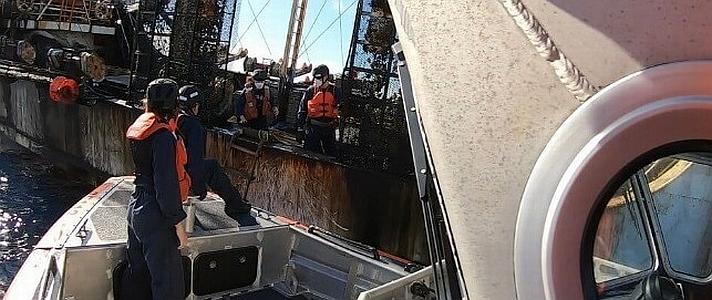 Having overfished its own coastal waters, China is aggressively deploying a global fishing fleet to exploit fishing grounds thousands of miles from its shores. The
Having overfished its own coastal waters, China is aggressively deploying a global fishing fleet to exploit fishing grounds thousands of miles from its shores. The 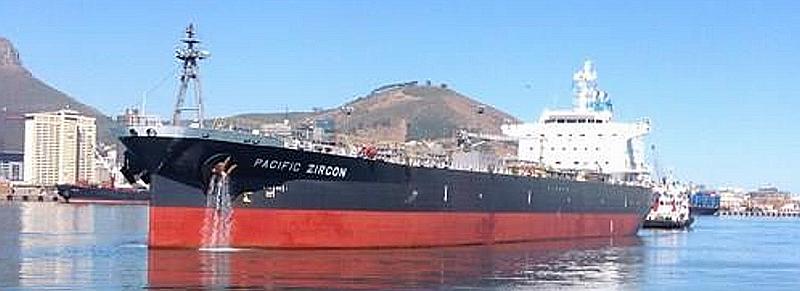
 Congratulations to
Congratulations to 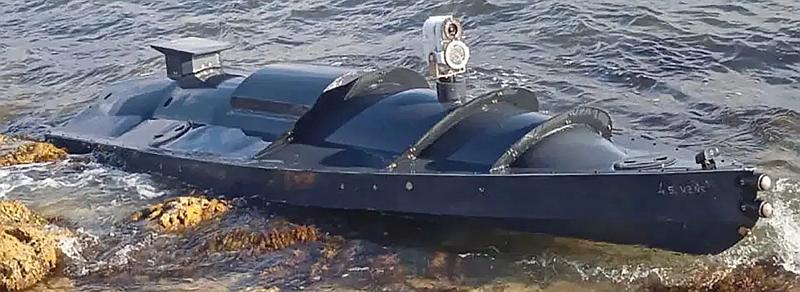
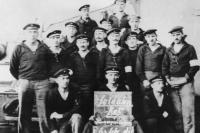
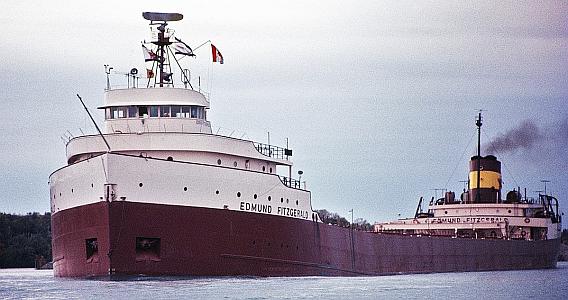
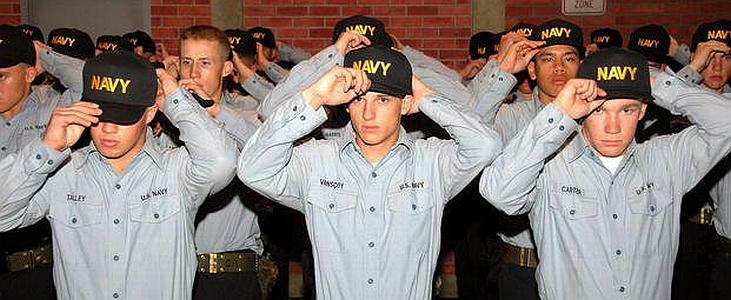 The US military has been having problems meeting its recruiting targets. In response, the US Coast Guard and the US Navy have been offering signing bonuses of up to $50,000 for certain billets, after the number of sailors plummeted, in part due to the military’s strict COVID-19 vaccination mandate.
The US military has been having problems meeting its recruiting targets. In response, the US Coast Guard and the US Navy have been offering signing bonuses of up to $50,000 for certain billets, after the number of sailors plummeted, in part due to the military’s strict COVID-19 vaccination mandate. 
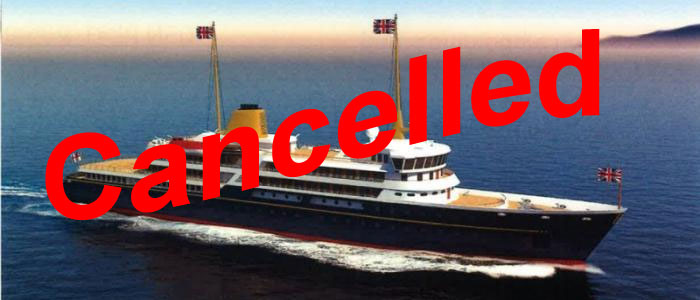 In June of last year,
In June of last year,  An encouraging news story from
An encouraging news story from  In June 2019, Federal authorities
In June 2019, Federal authorities 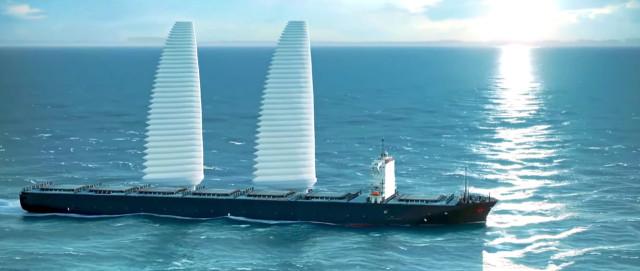
 A fascinating study recently published in the
A fascinating study recently published in the  Analysis by H I Sutton, writing in
Analysis by H I Sutton, writing in 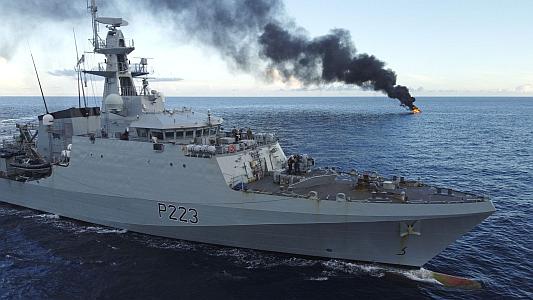
 The
The  Ten years ago today, the replica of
Ten years ago today, the replica of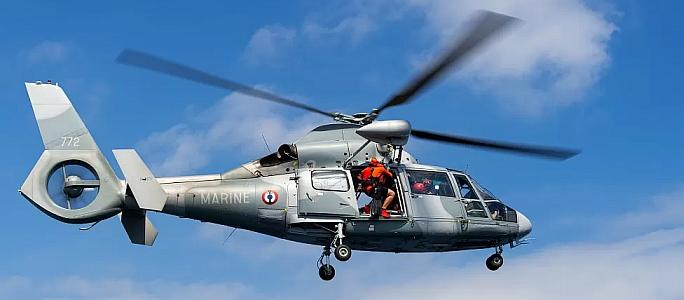 The
The 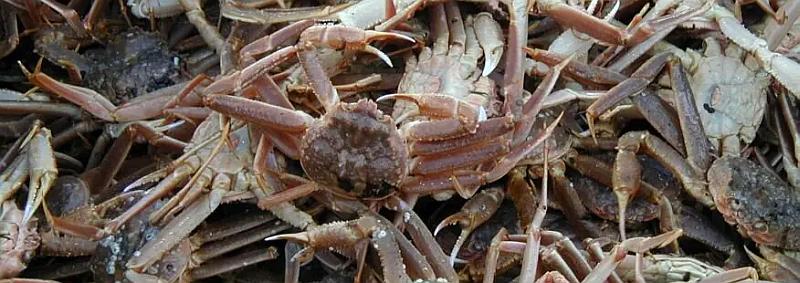 For the first time, the
For the first time, the